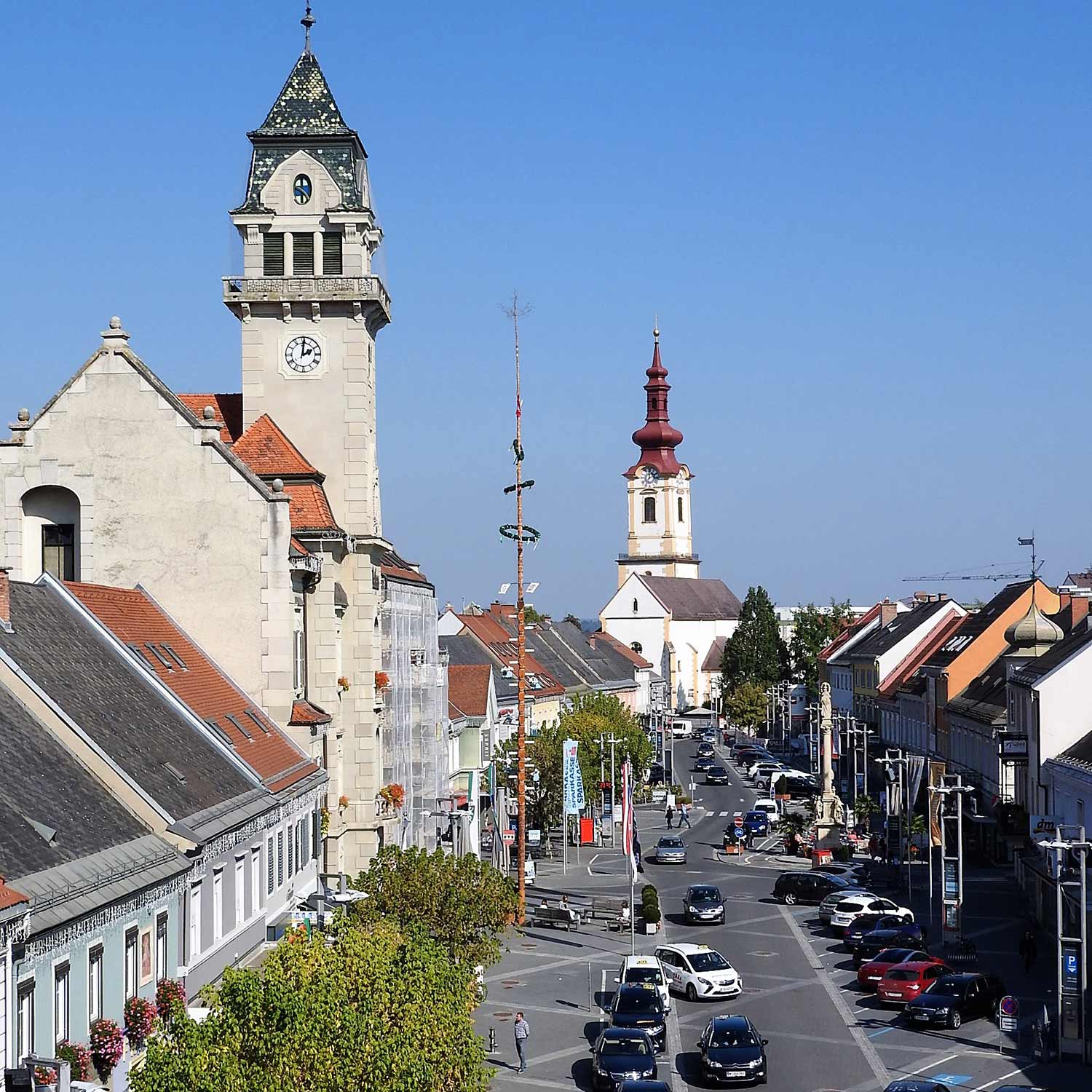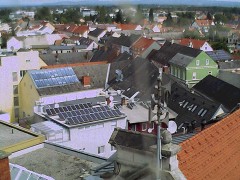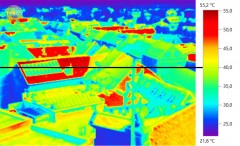Leibnitz in Styria, a district capital with 12,374 inhabitants (as at 1 January 2019), is one of the few growing small towns in Austria. Without corresponding countermeasures, the influx of people and redensification are leading to an increase in traffic, rising energy consumption and a loss of green spaces. This is likely to impair the quality of life in the town in the medium term. Leibnitz is one of the warmest towns in Austria. Summertime overheating with temperatures close to 40 degrees Celsius has been a frequent occurrence for a number of years now and is degrading the quality of life, particularly in the town centre.
An integrated overall concept
With Cool Leibnitz (Climate Optimised Offensive for Leibnitz)*, the municipality has launched a comprehensive, participative process for smart and resilient urban development. To this end, numerous topic-specific concepts have been merged into an integrated overall plan. This plan includes the transport and traffic concept, the town’s spatial planning model, a completely revised energy concept, concepts for public green spaces for the town’s infrastructure department, the mobilisation of building land, flood protection concepts, the purchase of land by the public sector as well as a concept prepared by the business association WISTA SÜD. The framework conditions for realising this comprehensive concept were created through collaboration between investors and developers, policymakers, administrators and citizens.
Adapting to climate change
Cool Leibnitz established a link for the first time between “Sustainable development”, “Quality of life” and “Resilience to climate change”. An important focus iS the development of strategies for managing extreme weather events. Overheating in summer needs to be tackled with the targeted expansion of “green” and “blue” infrastructure in the town centre. The first step involved identifying the existing green spaces within the housing structures of the municipality of Leibnitz and analysing their influence on the town’s climate and quality of life.
In summary, the analysis reveals a significant lack of public green spaces in a densely populated district. Blue infrastructure is entirely absent in the urban area. A map of the “heat islands” clearly shows that the proportion of critical areas rises with increasing proximity to the town centre and intensity of use. The available facts and figures lay the foundation for future urban planning decisions.
In the follow-on project “Cool Leibnitz DEMO”, the example of City Centre South will demonstrate how qualitative redensification as well as cooperative and integrative planning processes support the transformation to a mixed-use, climate-resilient and liveable area of experience, social interaction and economic activity.
https://smartcities.at/stadt-projekte/smart-cities/#cool-leibnitz
https://smartcities.at/stadt-projekte/smart-cities/#kooperativer-transformationsprozess-stadtkern-sued-in-leibnitz
* Project partners
Municipality of Leibnitz, HC-Heigl Consulting ZT GmbH, Horn Consulting, StadtLABOR – Innovationen für urbane Lebensqualität GmbH


